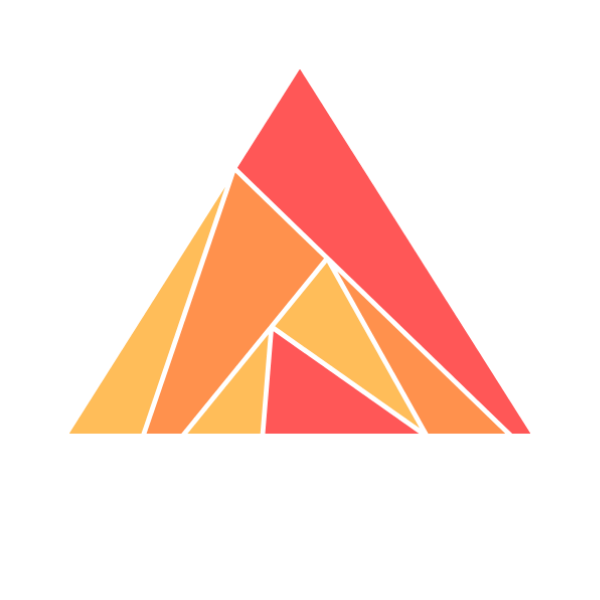Use Unions with GraphQL
Table of Contents
Unions must be defined with
Ash.Type.NewType :
defmodule MyApp.Armor do
use Ash.Type.NewType, subtype_of: :union, constraints: [
types: [
plate: [
# This is an embedded resource, with its own fields
type: :struct,
constraints: [MyApp.Armor.Plate]
],
chain_mail: [
# And so is this
type: :struct,
constraints: [instance_of: MyApp.Armor.ChainMail]
],
custom: [
type: :string
]
]
]
use AshGraphql.Type
# Add this to define the union in ash_graphql
def graphql_type(_), do: :armor
endBy default, the type you would get for this on input and output would look something like this:
type Armor = {plate: {value: Plate}} | {chain_mail: {value: ChainMail}} | {custom: {value: String}}
We do this by default to solve for potentially ambiguous types. An example of this might be if you had multiple different types of strings in a union, and you wanted the client to be able to tell exactly which type of string they’d been given. i.e
{social: {value: "555-55-5555"}} | {phone_number: {value: "555-5555"}} .
However, you can clean the type in cases where you have no such conflicts by by providing
# Put anything in here that does not need to be named/nested with `{type_name: {value: value}}`
def graphql_unnested_unions(_constraints), do: [:plate, :chain_mail]Which, in this case, would yield:
type Armor = Plate | ChainMail | {custom: {value: String}}Bypassing type generation for a union
Add the
graphql_define_type?/1 callback, like so, to skip Ash’s generation (i.e if you’re defining it yourself)
@impl true
def graphql_define_type?(_), do: false

